Mergers and acquisitions and corporate innovation
Technological innovation represents modern corporations’ endeavors to develop and accumulate knowledge, and it has long been recognized as a catalyst for economic growth and productivity increase (Solow 1957; Romer 1986; Aghion and Howitt 1992) and as a key factor in the competitive advantages of nations (Porter 1998).









